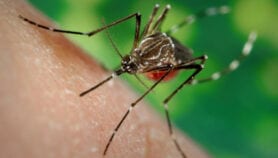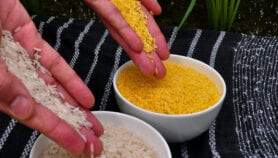By: Wagdy Sawahel
Send to a friend
The details you provide on this page will not be used to send unsolicited email, and will not be sold to a 3rd party. See privacy policy.
[CAIRO] Scientists in Syria have produced naturally coloured cotton by causing random changes in the genetic material of cotton seeds. The researchers, from the agriculture institute of Syria’s Aleppo University, say in state newspaper Teshreen that they hope their discovery will have positive economic, environmental and health impacts.
Naturally coloured cotton varieties have been developed before but have not been used in Syria, a leading cotton producer, because they are not suited to local soils and climatic conditions.
According to Mohamed Naif Al-salty, director of the agriculture institute, the scientists have produced two brown varieties that produce greater yields and higher quality fibres than other naturally coloured varieties, making them ideal for commercial textile production.
By eliminating the need for dyes, naturally coloured cotton makes textile production cheaper and reduces the environmental and health impacts associated with toxic dye waste. Also, naturally coloured cotton does not fade with washing the way conventionally dyed cotton does.
The new varieties were produced by exposing cotton seeds to chemicals that cause random, unpredictable changes, or mutations, in their genetic material. Some of the mutations produced undesirable traits and the plants were destroyed, but others had beneficial effects, such as natural colour and stronger fibres.
Speaking to SciDev.Net, Mohamed A. Hamoud, head of the genetic research division at Tanta University in Egypt, said that although the Syrian researchers have been successful, their method is time-consuming and labour intensive because it requires numerous breeding experiments.













